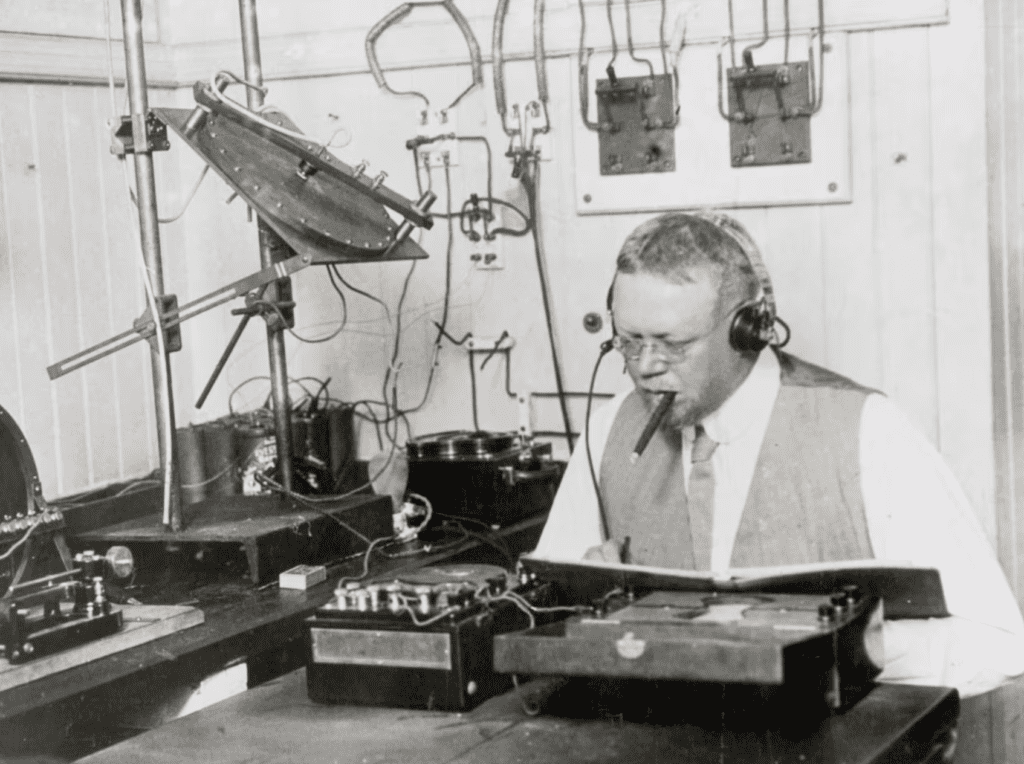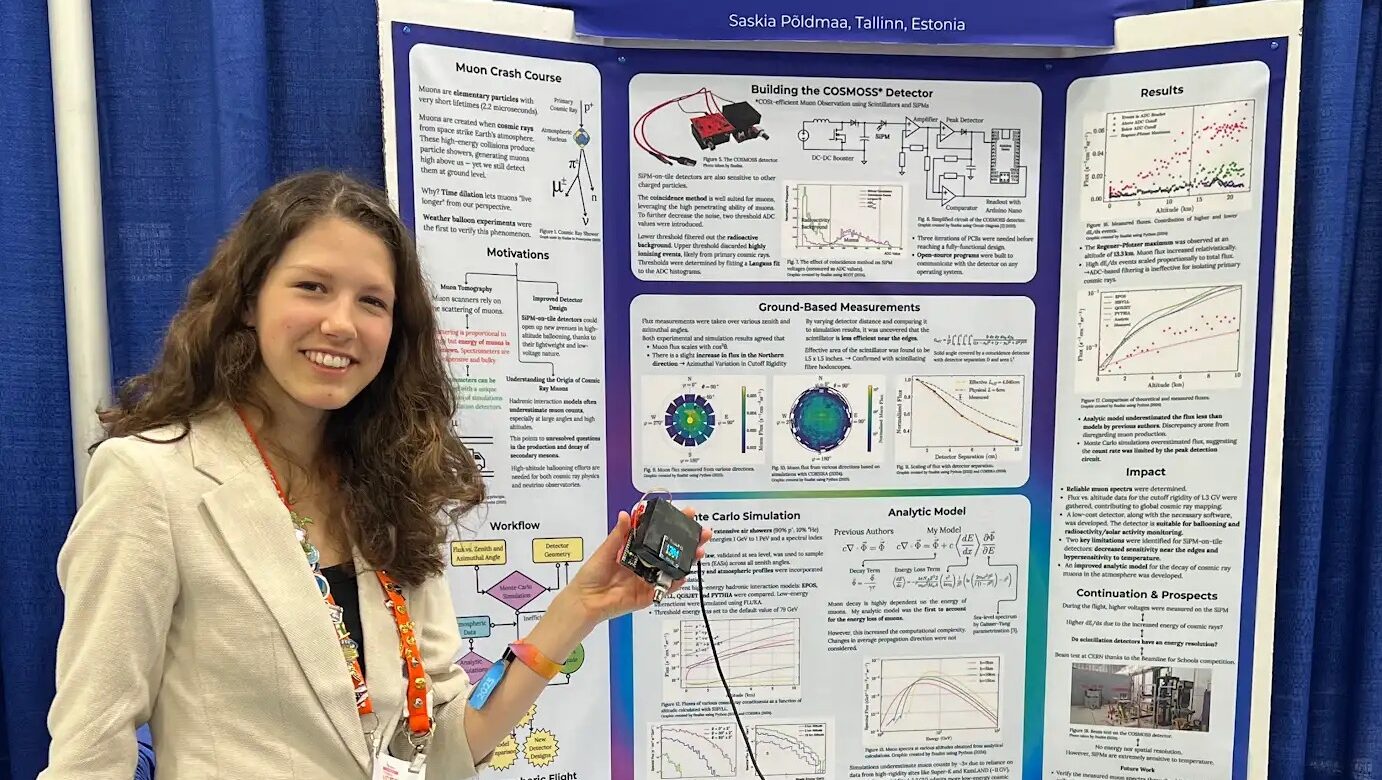
His broadcast — including a violin and vocal performance of “O Holy Night”, a Bible reading, and a greeting — was a feat of engineering, with Fessenden’s methods laying the groundwork for a medium that would soon stretch across borders and cultures, including in Estonia.
Of course, Fessenden’s 1906 achievement didn’t happen in isolation. Italian physicist Guglielmo Marconi had already achieved long-distance wireless telegraph messages, including the first reception of a transatlantic radio signal in St. John’s, Newfoundland in 1901. However, radio communication was mostly limited to Morse code, in the form of dots and dashes, used by ships and the military. Fessenden, however, sought to transmit actual sound over radio waves. In the process of experimenting with a radio transmitter, he discovered amplitude modulation (AM), a technique that involves adjusting the strength or amplitude of a carrier wave at rapid intervals. AM allowed for continuous sound waves to be carried, compared to the interrupted pulses of Morse code.
Täismahus artikkel on loetav Eesti Elu tellijatele
Igal nädalal toome me sinuni kõige olulisemad kogukonna uudised ja eksklusiivsed lood uutelt kolumnistidelt. Räägime eestlastele südamelähedastest teemadest, kogukonna tegijatest ja sündmustest. Loodame sinu toele, et meie kogukonna leht jätkuks pikkadeks aastateks.
Hind alates $2.30 nädalas.



